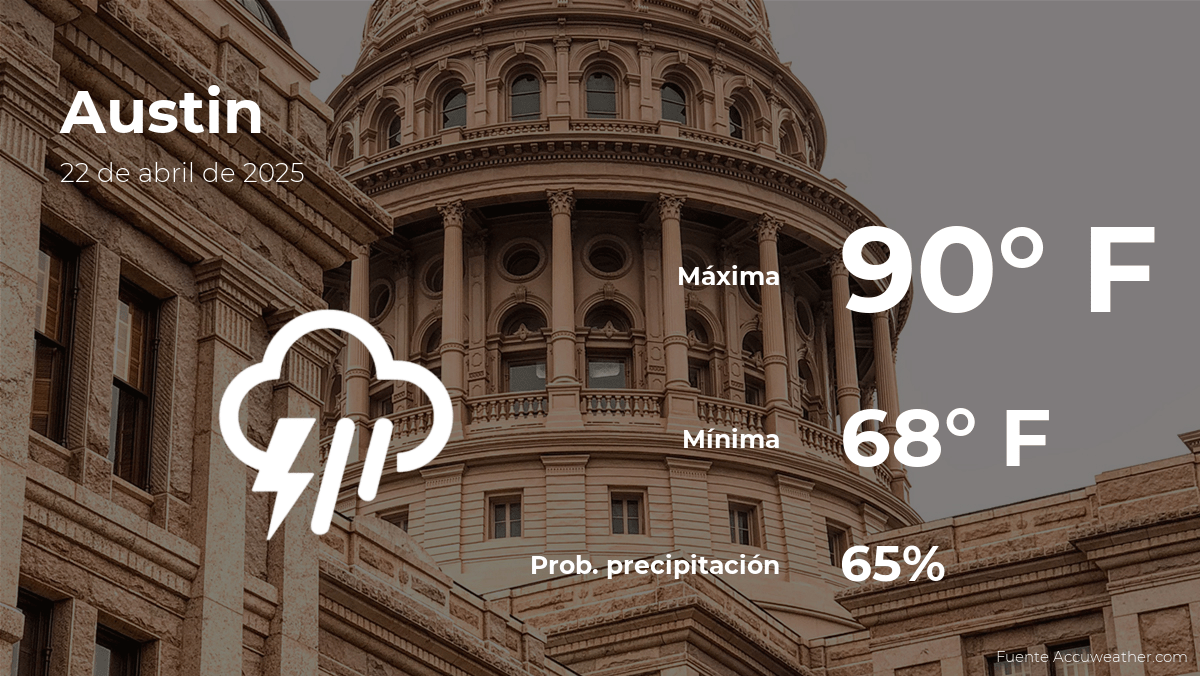Climate Progress: Is Hope Still Alive Amidst the Challenges?
As global temperatures rise and extreme weather events multiply, the world faces a critical juncture in its fight against climate change. Scientists, policymakers, and activists gathered at recent international summits to assess progress, revealing both breakthroughs and persistent obstacles. While renewable energy adoption soars, geopolitical tensions and economic disparities threaten to derail momentum. This article examines whether genuine hope endures—and where solutions may lie.
The State of Global Climate Efforts
According to the 2023 Global Carbon Budget report, CO₂ emissions plateaued for the first time this decade, yet remain alarmingly high at 36.8 billion metric tons annually. The International Energy Agency (IEA) notes renewables now supply 30% of global electricity, up from 20% in 2010. However, the UN Environment Programme warns current pledges under the Paris Agreement still put Earth on track for 2.5°C warming by 2100—far above the 1.5°C target.
“We’re in a race between tipping points,” says Dr. Elena Rodriguez, a climatologist at MIT. “Positive feedback loops like permafrost thaw could accelerate crisis, while social and tech innovations might tip scales toward solutions.”
Breakthroughs Fueling Optimism
Several developments suggest progress is possible:
- Solar and Wind Expansion: Costs have dropped 82% and 39% respectively since 2010, driving record installations in 2022.
- Policy Momentum: The U.S. Inflation Reduction Act and EU Green Deal channel $1.2 trillion toward clean energy.
- Community-Led Adaptation: From Bangladesh’s flood-resistant crops to Kenya’s solar microgrids, local initiatives showcase resilience.
Yet disparities persist. Africa receives just 2% of clean energy investments despite bearing severe climate impacts. “Equity isn’t a sidebar—it’s the main agenda,” argues Kenyan activist Wanjira Mathai.
Persistent Hurdles and Controversies
Fossil fuel production continues to expand, with 2023 seeing $1.3 trillion in subsidies globally. Political divides also stall action; while the EU tightens emissions laws, some G20 nations resist binding targets. Meanwhile, debates rage over “greenwashing” and the ethics of techno-fixes like carbon capture.
“Geoengineering could buy time, but it’s no silver bullet,” cautions Dr. Raj Patel, an environmental economist. “Without systemic changes, we risk treating symptoms, not causes.”
The Road Ahead: Scaling Solutions
Experts highlight three priorities for accelerating progress:
- Phasing Out Coal: 40% of emissions stem from coal-fired plants; transitioning them requires just energy plans for workers.
- Protecting Ecosystems: Forests and wetlands absorb 30% of human-made CO₂ annually, yet deforestation continues at 10 million hectares per year.
- Mobilizing Finance: Developing nations need $2.4 trillion yearly by 2030 for mitigation and adaptation—six times current flows.
A Call for Collective Action
The climate crisis demands unprecedented collaboration. Citizens can advocate for policy changes, while businesses must align operations with science-based targets. “Hope isn’t passive—it’s earned through action,” says Rodriguez.
As COP28 approaches, the world watches for bold commitments. While challenges loom, the surge in clean energy and grassroots activism proves momentum exists. The question isn’t whether hope remains, but whether society will act swiftly enough to sustain it.
Next Steps: Stay informed with verified climate news sources, support organizations driving local solutions, and engage with policymakers to demand accountability. The time for decisive action is now.
See more Your Daily Weather



